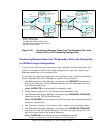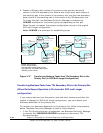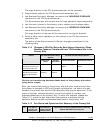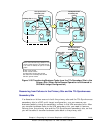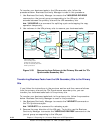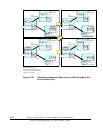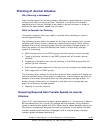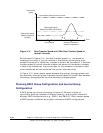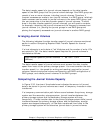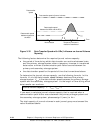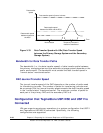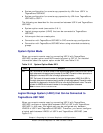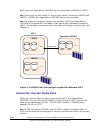
Chapter 3 Preparing for Universal Replicator z/OS Operations 3-55
Hitachi Universal Replicator for IBM /OS User’s Guide
Planning of Journal Volumes
Why Planning is Necessary?
Data transfer speed for journal groups is affected by specifications of journal
volumes that the journal groups use. Therefore, you need to think about
specifications of journal volumes to be used by journal volumes, in order to
achieve the data transfer speed that you want.
What to Consider for Planning
This section explains what you need to consider when deciding on journal
volume specifications.
The following factors affect the speed for writing to and reading from journal
volumes, particularly when a temporary communication path failure occurs
between the primary storage system and the secondary storage system, or
when the amount of data transferred from hosts to the primary storage
system is increasing:
• RAID configuration of the RAID groups that will contain journal volumes
• Types of physical volumes in the RADI groups that will contain journal
volumes
• Frequency of access to non-journal volumes in the RAID groups that will
contain journal volumes
• Data transfer speed required for the non-journal volumes mentioned above
• Disk usage rate for RAID groups
The following factor affects the time during which data transfer with hosts can
continue without being influenced by a temporary communication path failure
between the primary storage system and the secondary storage system, or
without being influenced by an increase in the data to be transferred from
hosts to the primary storage system.
• Capacity of journal volumes
Computing Required Data Transfer Speeds for Journal
Volumes
Figure 3-31 illustrates how the data transfer speed (i.e., the amount of data to
be transferred per unit of time) will change as time elapses, citing different
types of data transfer speed with URz. Data transfer speed between hosts and
the primary storage system goes through two phases; in one phase the data
transfer speed remains almost unchanged, and in another phase the data
transfer speed increases temporarily.



